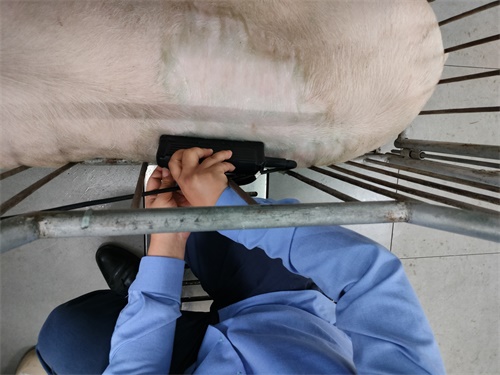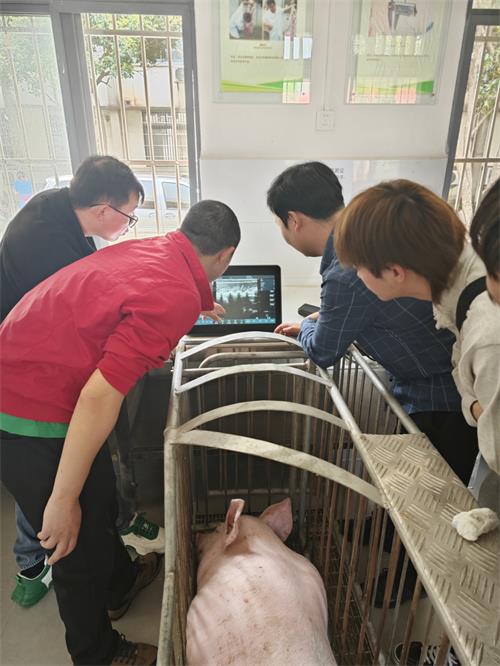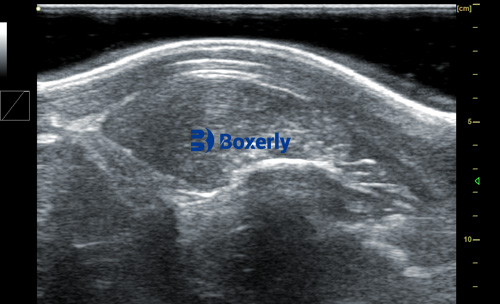In modern swine production, the body condition of sows is a pivotal factor influencing reproductive efficiency, piglet survival, and overall herd productivity. Backfat thickness serves as a reliable indicator of a sow’s energy reserves, directly impacting her health and reproductive performance. Accurate assessment of backfat thickness enables producers to make informed decisions regarding nutrition and management throughout the sow’s reproductive cycle.

Significance of Backfat Thickness
Backfat thickness reflects the sow’s nutritional status and energy reserves, which are critical for supporting gestation, lactation, and subsequent reproductive cycles. Optimal backfat levels are associated with improved litter size, piglet birth weight, and milk production, while deviations can lead to reproductive inefficiencies and health issues.
Optimal Backfat Ranges at Key Reproductive Stages
Maintaining appropriate backfat thickness at various stages of the reproductive cycle is essential:
-
Gilts (Pre-Insemination): 13–15 mm
-
Weaning: 13–16 mm
-
Mid-Gestation (28–30 Days Post-Insemination): 14–17 mm
-
Pre-Farrowing: 16–18 mm
Sows with backfat thickness below these ranges may experience delayed return to estrus, reduced milk production, and increased piglet mortality. Conversely, excessive backfat can lead to dystocia and decreased feed intake during lactation.

Methods of Backfat Measurement
Accurate measurement of backfat thickness is achieved through:
-
Ultrasound Devices: Portable ultrasound scanners provide non-invasive, real-time measurements at specific anatomical points, such as the P2 position (approximately 6.5 cm from the midline at the last rib).
-
Visual Scoring: While subjective, visual assessment can be used in conjunction with palpation to estimate body condition, though it lacks the precision of ultrasound methods.
Regular monitoring at critical stages allows for timely nutritional adjustments to maintain optimal body condition.
Impact on Reproductive Performance
Studies have demonstrated that sows with optimal backfat thickness exhibit:
-
Improved Litter Outcomes: Higher piglet birth weights and survival rates.
-
Enhanced Lactation: Increased milk yield, supporting better piglet growth.
-
Efficient Rebreeding: Shorter weaning-to-estrus intervals, facilitating timely rebreeding.
Maintaining backfat within recommended ranges is thus integral to maximizing reproductive efficiency and herd productivity.

Nutritional Management Based on Backfat Thickness
Tailoring feeding strategies according to backfat measurements ensures that sows receive adequate nutrition without overconditioning:
-
Thin Sows: Require increased energy intake to build reserves for gestation and lactation.
-
Overconditioned Sows: May need controlled feeding to prevent excessive weight gain and associated complications.
Implementing such targeted nutritional programs enhances sow welfare and production outcomes.
Conclusion
Backfat thickness is a critical parameter in sow management, influencing reproductive performance, piglet viability, and overall farm efficiency. Regular, accurate measurement using reliable methods like ultrasound enables informed nutritional and management decisions, promoting optimal body condition throughout the reproductive cycle. By prioritizing backfat monitoring, producers can enhance sow longevity, productivity, and profitability.

References:
-
Magapor. (2024). Importance of backfat measurement in sows. Retrieved from https://magapor.com/en/swine-news/importance-backfat-measurement-sows/
-
DanBred. (2022). New recommended backfat measurements: Optimise production and reduce feed costs. Retrieved from https://danbred.com/new-recommended-backfat-measurements-optimise-production-and-reduce-feed-costs/
-
MDPI. (2024). Backfat Thickness at Pre-Farrowing: Indicators of Sow Reproductive Performance, Milk Yield, and Piglet Birth Weight in Smart Farm-Based Systems. Retrieved from https://www.mdpi.com/2077-0472/14/1/24
-
Magapor. (2024). Methods of measuring backfat in sows. Retrieved from https://magapor.com/en/swine-news/methods-of-measuring-backfat-in-sows/
-
The Pig Site. (2003). Measuring Backfat is ‘Objective’ Way to Feed Sows. Retrieved from https://www.thepigsite.com/news/2003/06/measuring-backfat-is-objective-way-to-feed-sows-1